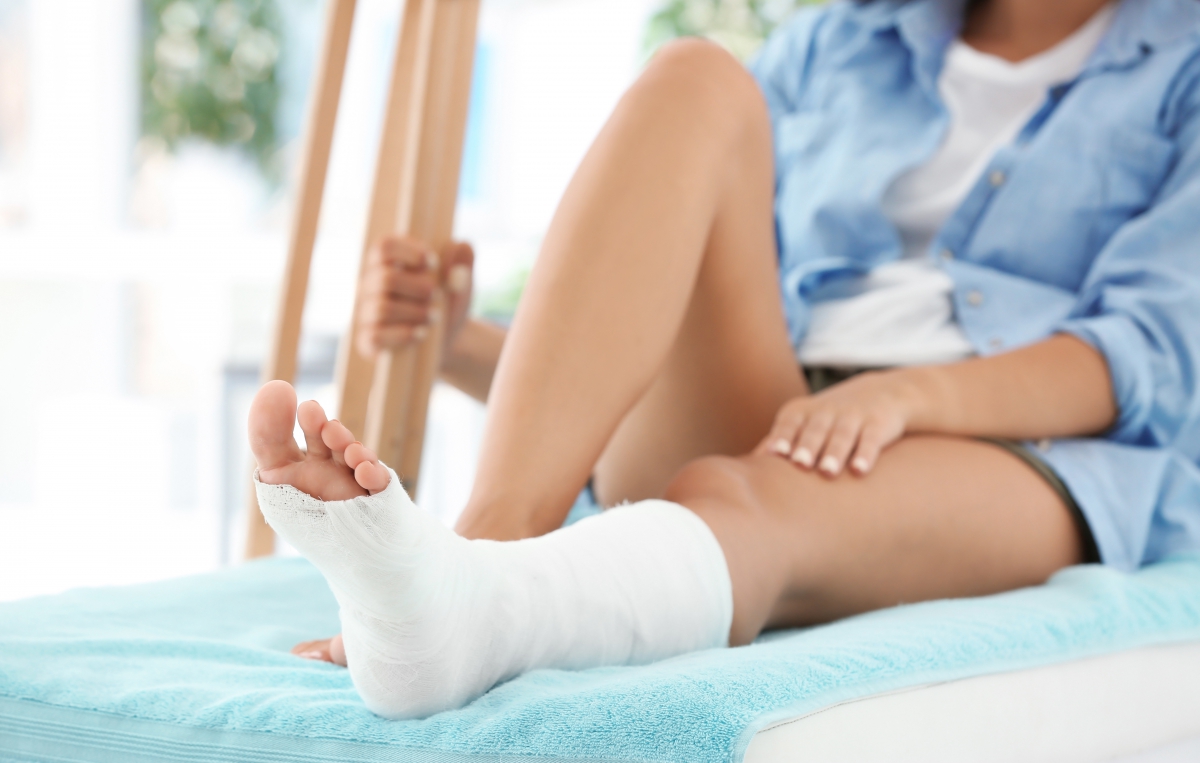Joint Trauma And The Healing Process
Posted by the medcom group on 15th Aug 2019

Joint injuries can disrupt daily life fast. Even small movements become frustrating. Healing takes more than rest. It takes the right steps, at the right time, with the right support. The better you understand how joints recover, the better your outcome. Here’s a clear look at what recovery really involves.
Severity Matters
The severity of a joint injury changes the game. A mild sprain might need a few days off and some ice. An overuse injury, though? That one sneaks up and sticks around. It comes from doing too much, too often, without enough recovery in between. Still, no matter how you got hurt, the healing process sticks to the same playbook: reduce inflammation, restore movement, rebuild strength, and avoid re-injury. Minor or not, your joint doesn’t care how it happened—it just wants time, care, and a smarter plan moving forward.
Recovering with RICE: The Basics Done Right
Rest
Rest is the first step, but how much you need depends on the injury. For minor sprains or tweaks, a couple days off might do the trick. You’ll bounce back fast with a little downtime, but don’t rush it. You’ll need to ease off the activity that caused the issue and possibly modify your routine for the long haul. Rest doesn’t mean doing nothing—it means giving the joint a break from repetitive stress while staying gently active if it doesn’t cause pain.
Ice
Ice (and cold therapy in general) helps bring swelling down and keeps pain in check. For minor injuries, apply ice within the first 24–48 hours, 15–20 minutes at a time. Overuse injuries respond well to icing after activity or at the end of the day. It helps manage chronic inflammation without interrupting your entire day. Don’t overdo it—too much cold can irritate the skin or slow healing.
Compression
A wrap, sleeve, or brace can help stabilize the joint and reduce swelling. Minor injuries benefit most in the early phase. For overuse, compression may be helpful during activity to limit further irritation. Make sure it’s snug but not tight.
Elevation
Raise the injured area above heart level to reduce swelling. It’s especially useful right after an injury but still helpful for overuse issues at the end of a long day. Use pillows or cushions to prop it up comfortably.
Recovery From Surgery
In the most serious of cases, whether due to injury or some other mechanism, you may require surgery to fix a physical problem with a joint. Recovery from this kind of joint trauma requires the precise knowledge of an expert such as a physical therapist and a serious commitment on your part.
One of the biggest reasons that people do not fully recover from their surgery trauma is that they begin to neglect their prescribed physical therapy over time, especially as they begin to feel better, which is of course a direct result of the physical therapy itself.
However, there are many different approaches to physical therapy, just as there are many different types of injury. Add in the different phases of recovery, from rest to range of movement recovery to strengthen the joint, and you have a long, but navigable road ahead of you.
A key player in this — both from a consistency and effectiveness standpoint — are CPM machines.
CPM Machines Aid Recovery
CPM stands for, “continuous passive motion.” By setting a predetermined range of motion and speed, your CPM machine will move your joint for you, gently, steadily, and while all of your other muscles and tendons relax.
This allows the joint to help move around the fluids that are causing swelling while helping to encourage a healthy amount of blood circulation in the joint at the same time. By addressing these two important aspects of recovery, you can reduce your pain, increase your range of motion, and possibly reduce the amount of scar tissue that forms as a result of your surgery.
CPM machines are used in all three phases of the recovery process for different reasons. You may utilize one at your physical therapy clinic, or your doctor or surgeon may prescribe you one to rent or buy to be used regularly in your own home. Many machines have a programmable memory card that your doctor can put your therapy protocols onto for you, so you only have to strap in and turn the machine on to start healing
The medcom group Can Help
If you have been prescribed a CPM machine or other compression or cold therapy device as a part of your physical recovery regimen, see what the medcom group has to offer. We have an extensive lineup of CPM machines and other medical recovery machines and supplies. We’ve been offering top-notch customer service and competitive prices to empower people to achieve their optimal recovery from joint trauma since 1988. Contact us today!
